10 Incredible Ancient Relics Discovered in Shipwrecks
Shipwrecks have long been a source of fascination, holding secrets from the past. These sunken treasures often contain ancient relics that offer a glimpse into the lives of those who lived centuries ago. The items found in shipwrecks help us understand lost civilizations, trade routes, and the history of maritime exploration. Every new discovery from a wreck sparks excitement and curiosity. Exploring these sunken sites reveals valuable pieces of history, often perfectly preserved underwater.
This post may contain affiliate links, which helps keep this content free. Please read our disclosure for more info.
Antikythera Mechanism

The Antikythera Mechanism was discovered in 1900 from the Antikythera shipwreck off the coast of the Greek island of Antikythera. It is an ancient analog computer believed to have been used to predict astronomical events and eclipses, dating back to around 60 BCE. The artifact highlights the advanced technological knowledge of the ancient Greeks and provides significant insights into their engineering and science. Due to its rarity and historical importance, the market value of the Antikythera Mechanism is estimated at $10 million.
The shipwreck also yielded other notable items such as sculptures and pottery, showing the vast range of goods traded by the Greeks. The ship was a Greek trading vessel that sank while carrying luxury goods across the Mediterranean. The mechanism itself showcases impressive ingenuity, making it one of the earliest known complex gear systems. Its recovery has provided valuable information on ancient Greek scientific advancements.
The Silver Coins of the Meander Shipwreck
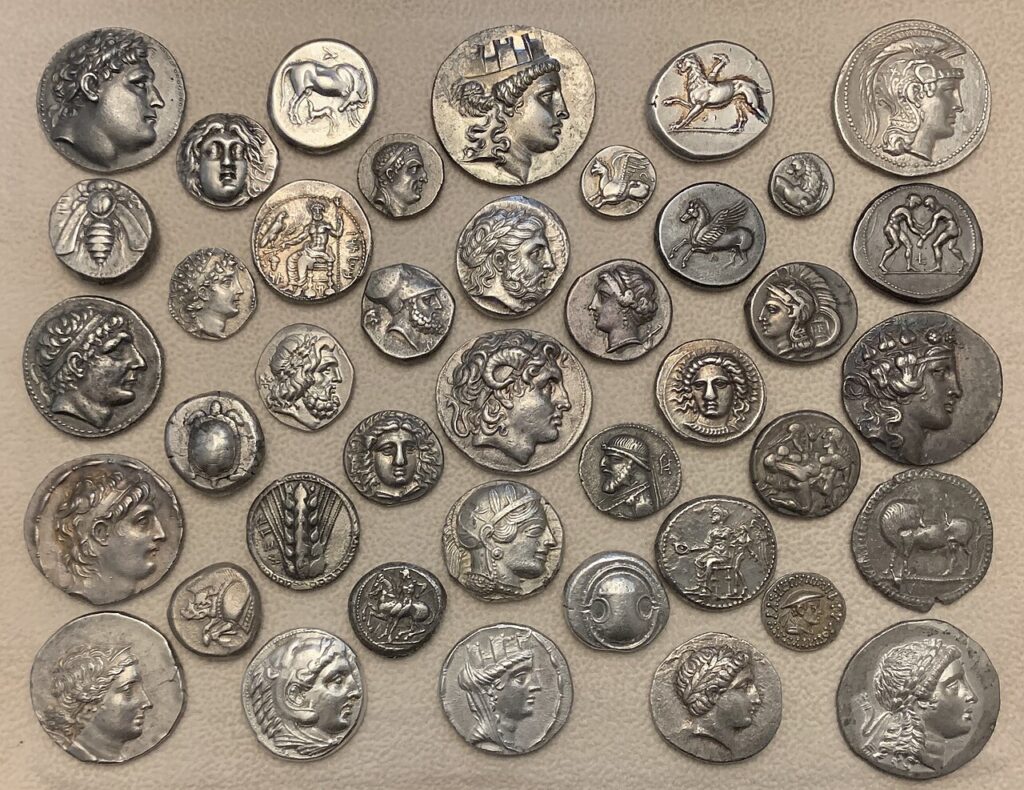
The Meander shipwreck, discovered off the Turkish coast in 1975, contained silver coins dating back to the 3rd century BCE. The coins feature the image of Artemis, the Greek goddess, and are considered a significant example of Hellenistic coinage. The ship was likely a merchant vessel that sank during a storm, carrying valuable currency for trade. The silver coins, in remarkable condition, are estimated to be worth around $500,000 due to their historical and numismatic significance.
The discovery of these coins is valuable for understanding the economic systems of the Hellenistic world. They are some of the finest examples of Greek coinage, providing a glimpse into the trade practices of the time. The silver coins also shed light on the currency systems used across the Mediterranean. The wreck further underscores the importance of trade during the Hellenistic period.
Ancient Egyptian Faience Beads

Hundreds of faience beads were discovered in a shipwreck near Alexandria, Egypt, dating back to 2000 BCE. Faience, a ceramic material prized by ancient Egyptians for its color and sheen, was used to make these beads. The beads were part of a trade shipment carried by a merchant ship traveling the Mediterranean, offering insight into Egypt’s trade networks. The market value of these beads is estimated at $250,000 due to their cultural and historical significance.
The shipwreck provides insight into Egypt’s material culture and the luxury items that were traded across the Mediterranean. Faience beads were highly valued in ancient Egypt, often worn by the elite or used in ceremonial contexts. The discovery underscores the significance of Egypt’s interactions with neighboring civilizations. This find highlights Egypt’s cultural exchange and the use of faience in art and jewelry.
Byzantine Gold Coins
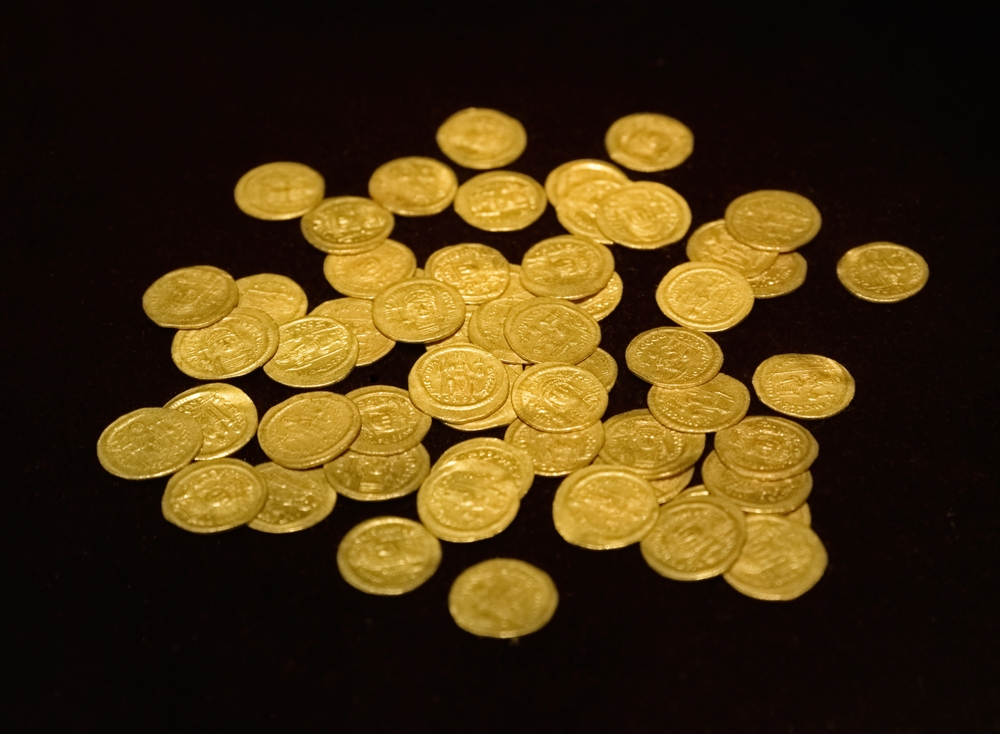
The Byzantine Empire’s gold coins were found in a shipwreck off the coast of the Aegean Sea, believed to be from the 6th century CE. These coins were used as currency across the Byzantine Empire, spanning much of Europe and Asia. Many of the coins feature Emperor Justinian I, reflecting the empire’s wealth and influence. The market value of these coins is estimated at $1 million, given their historical and financial importance.
The shipwreck that contained these coins also yielded pottery and glassware, further illustrating the wealth of the Byzantine Empire. The gold coins were used for both local and international transactions, emphasizing the empire’s role in global commerce. Their discovery highlights the extensive trade routes of the Byzantine Empire and its economic dominance. The find is crucial for understanding the empire’s economic and political history.
Viking Silver Hoard from the Gokstad Shipwreck
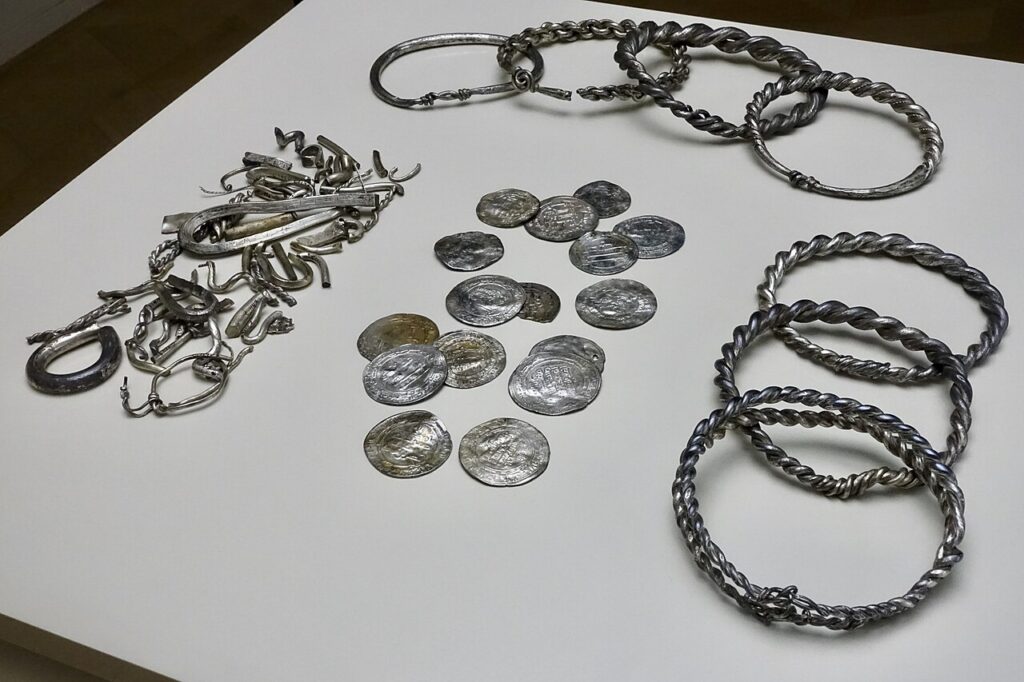
The Gokstad shipwreck, discovered in Norway, contained a large hoard of Viking silver, including coins, ingots, and jewelry. The wreck, which dates back to the 9th century CE, was part of a Viking burial site. The silver hoard offers a glimpse into Viking wealth accumulation and trade practices, as the Vikings were active traders in addition to being raiders. The market value of this silver hoard is estimated at $2.5 million, reflecting its cultural and historical significance.
The shipwreck also contained other Viking artifacts, demonstrating their advanced metalworking skills. The silver items recovered are indicative of the wealth and social structure of Viking society. The hoard includes both local Viking items and foreign goods, underscoring the Vikings’ extensive trade network. This discovery has provided new insights into Viking economics and their interactions with other cultures.
Ancient Greek Bronze Helmets
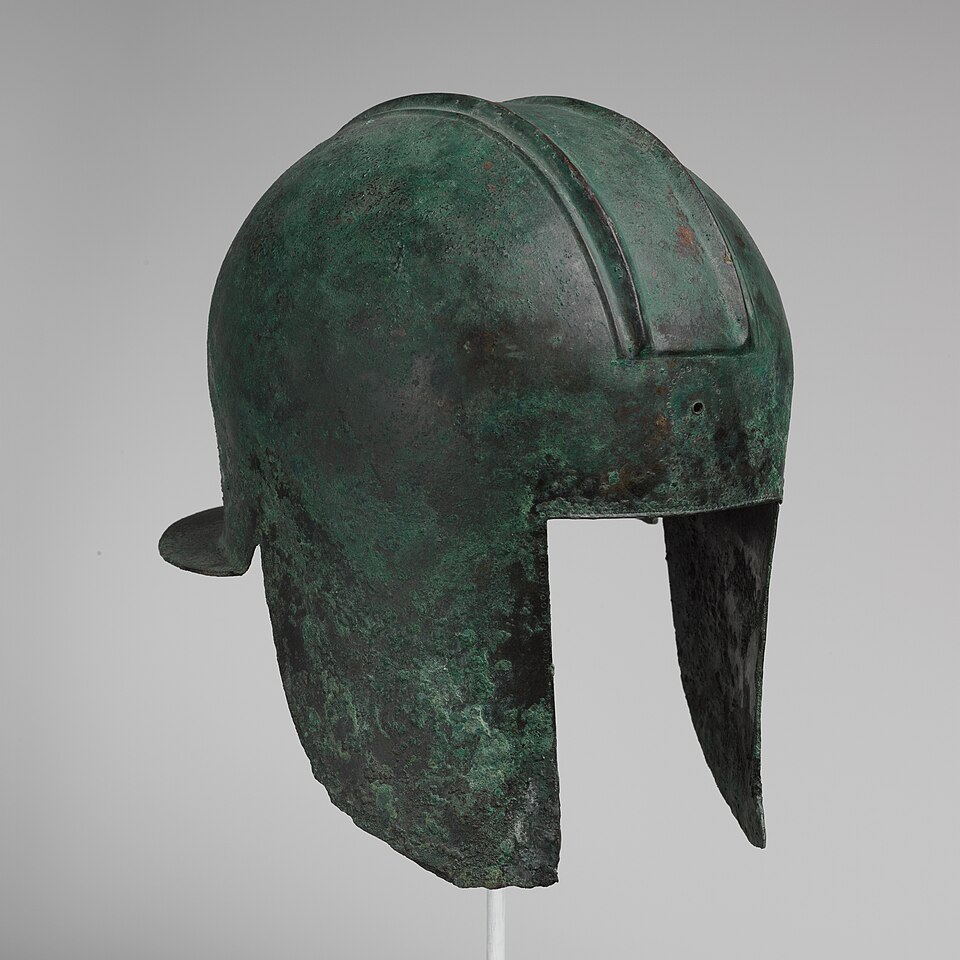
Several ancient Greek bronze helmets were discovered in a shipwreck off the coast of Sicily, dating back to the 5th century BCE. These helmets were used by Greek hoplites, elite soldiers who fought in the phalanx formation. The helmets are finely crafted to offer protection while also showcasing the wearer’s status. The market value of these helmets is estimated at $300,000 due to their rarity and historical significance.
The shipwreck that contained the helmets also yielded other military equipment, such as shields and weapons. The helmets feature intricate designs, with some decorated to indicate rank or importance. The discovery underscores the significance of warfare and military culture in ancient Greece. The find offers valuable insights into Greek military tactics and society.
Roman Amphorae
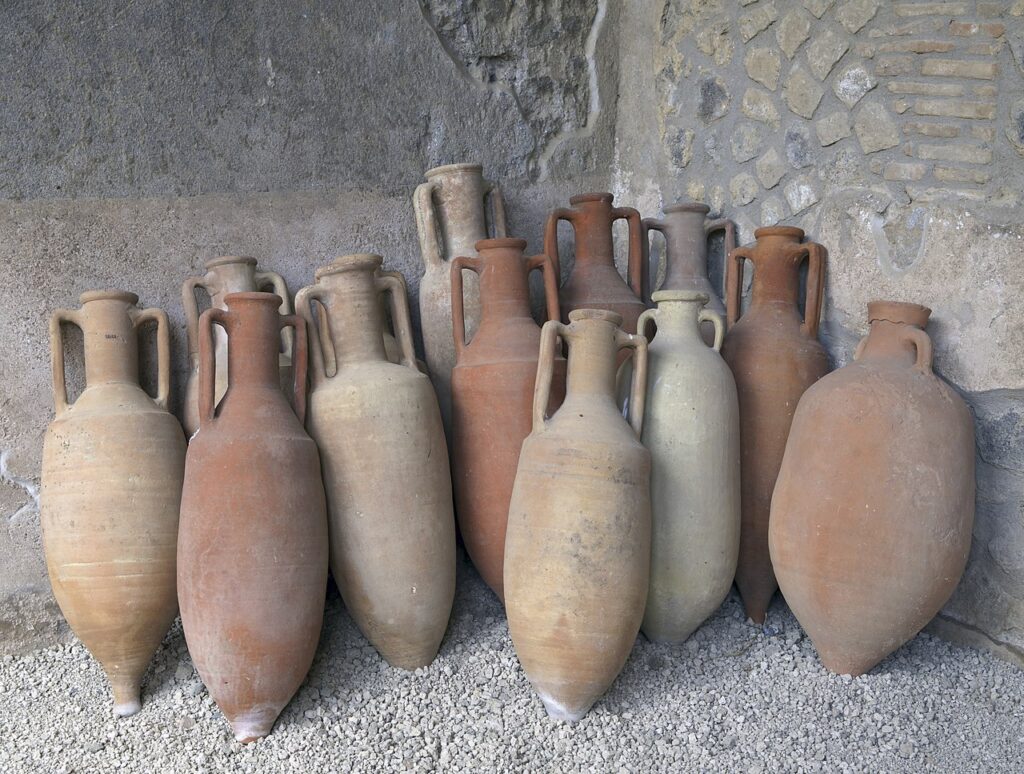
Roman amphorae, large ceramic vessels used for storing and transporting goods like wine, oil, and grain, were discovered in several Mediterranean shipwrecks. These amphorae date back to the 1st century BCE and were essential for Roman trade. The vessels were used to carry agricultural products, highlighting the importance of trade in sustaining the Roman economy. The market value of these amphorae is estimated at $100,000 due to their historical significance.
The shipwrecks containing these amphorae also yielded other Roman artifacts, such as coins and pottery. The amphorae are particularly valuable for understanding the types of goods that were traded across the empire. Their designs often reflect the regions in which they were produced, providing insight into the Roman provinces. These finds underscore the significance of maritime trade for the Roman Empire.
Ancient Roman Gladiator Helmets

Ancient Roman gladiator helmets were discovered in a shipwreck off the coast of Italy, dating back to the 2nd century CE. These helmets were worn by gladiators in the Colosseum, showcasing the brutal and theatrical nature of Roman combat. The helmets are finely crafted, offering both protection and display of status. The market value of these helmets is estimated at $800,000 due to their rarity and connection to Roman public spectacles.
The shipwreck also contained other combat-related artifacts, such as shields and weapons. The helmets show the Romans’ sophisticated metalworking skills and are often engraved with intricate designs. These helmets provide a rare look into Roman gladiatorial games and the importance of these events in Roman culture. The find is significant for understanding Roman entertainment and the role of gladiators in society.
Ancient Greek Wine Amphorae from the Kyrenia Shipwreck
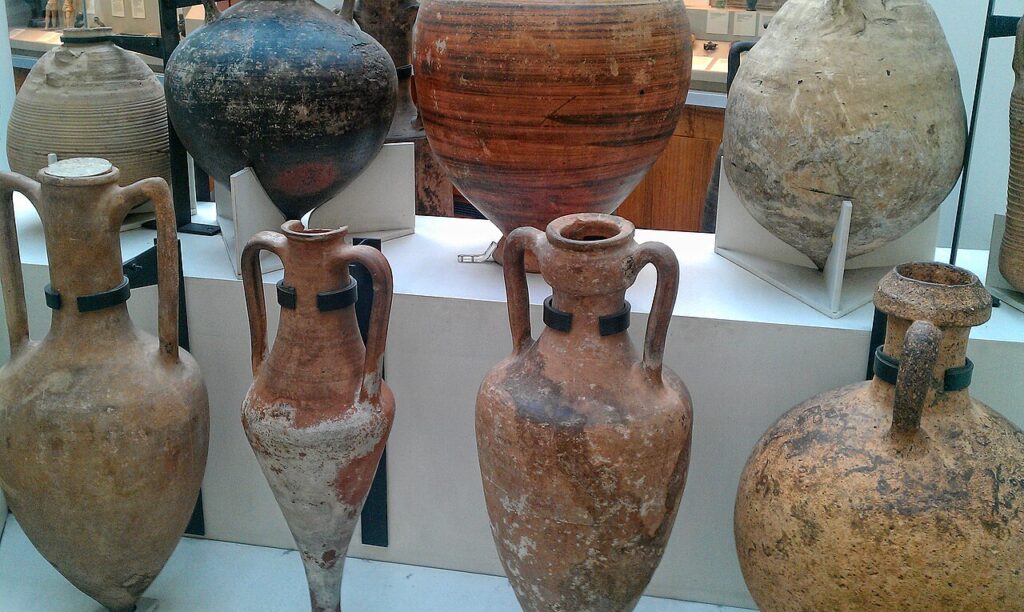
The Kyrenia shipwreck, discovered off the coast of Cyprus, yielded several ancient Greek wine amphorae dating back to the 4th century BCE. These amphorae were used to transport Greek wine, a significant export of the ancient Greeks. The shipwreck was likely a merchant vessel, providing valuable evidence of ancient Greek trade. The market value of these amphorae is estimated at $500,000 due to their rarity and historical context.
Alongside the wine amphorae, the wreck also contained olive oil amphorae, highlighting the importance of these two commodities in Mediterranean trade. The shipwreck’s discovery provided essential insights into ancient Greek commerce and agriculture. The amphorae offer a glimpse into Greek daily life and their long-distance trading practices. These finds emphasize the importance of the Mediterranean trade routes in sustaining Greek society.
Roman Lead Coffins from the Rome Shipwreck
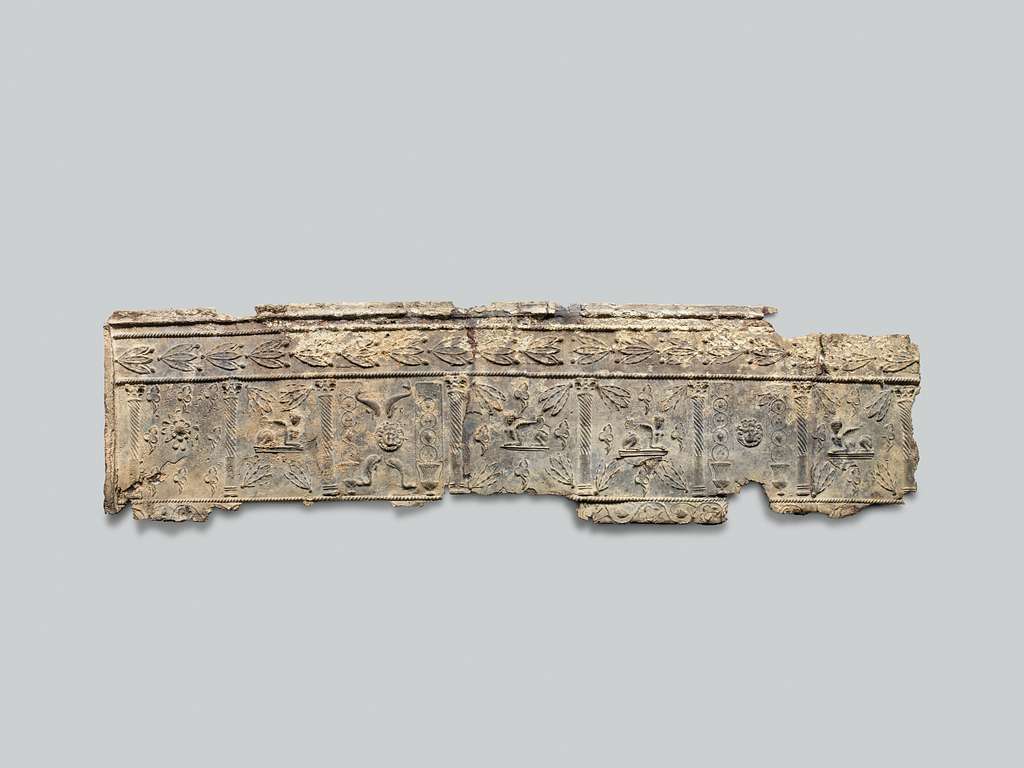
The Rome shipwreck, discovered off the coast of Italy, contained several lead coffins dating back to the 1st century CE. These coffins were used for high-status individuals and provide valuable insight into Roman burial practices. The market value of the lead coffins is estimated at $1 million due to their rarity and significance in understanding Roman mortuary customs.
The shipwreck also contained pottery, coins, and personal items, likely belonging to the deceased. The lead coffins are particularly important as they are one of the few examples of Roman burial practices found in a maritime context. The discovery sheds light on the importance of funerary rituals in Roman society. It provides key information about Roman social structures and religious beliefs regarding the afterlife.
Each relic found in a shipwreck offers a glimpse into a world long past. These discoveries help historians piece together the stories of lost ships, cultures, and treasures. The value of these artifacts goes beyond their monetary worth, as they connect us to history and the lives of those who came before. With each new find, the mysteries of the sea unfold, offering an exciting look into the ancient world.
This article originally appeared on Avocadu.
